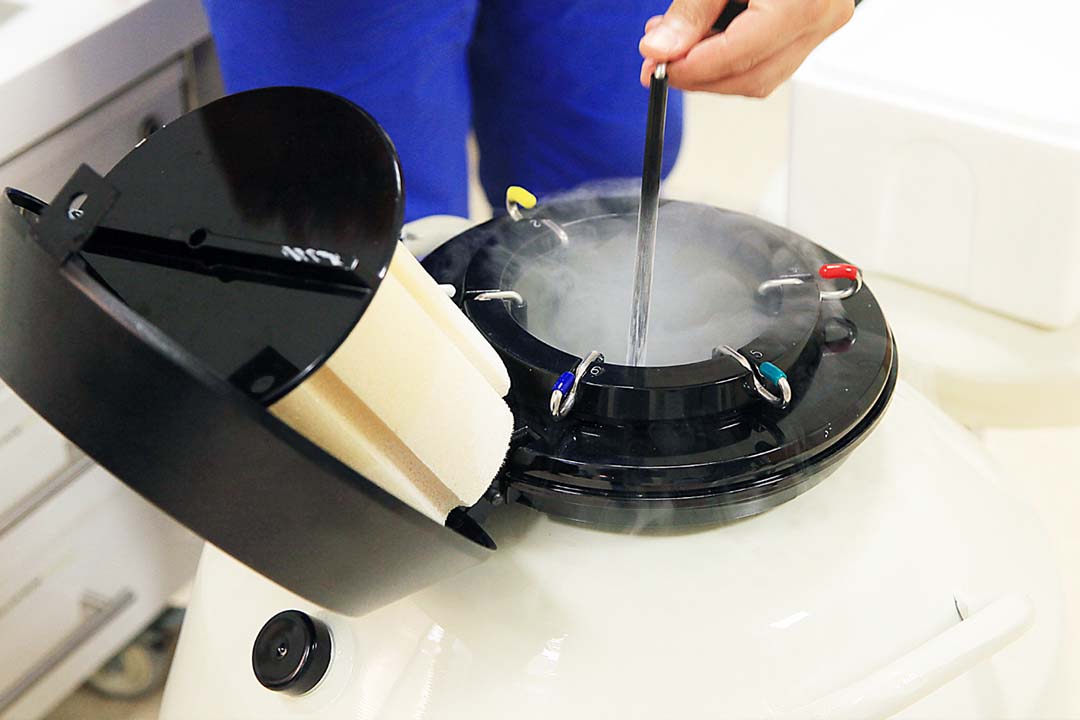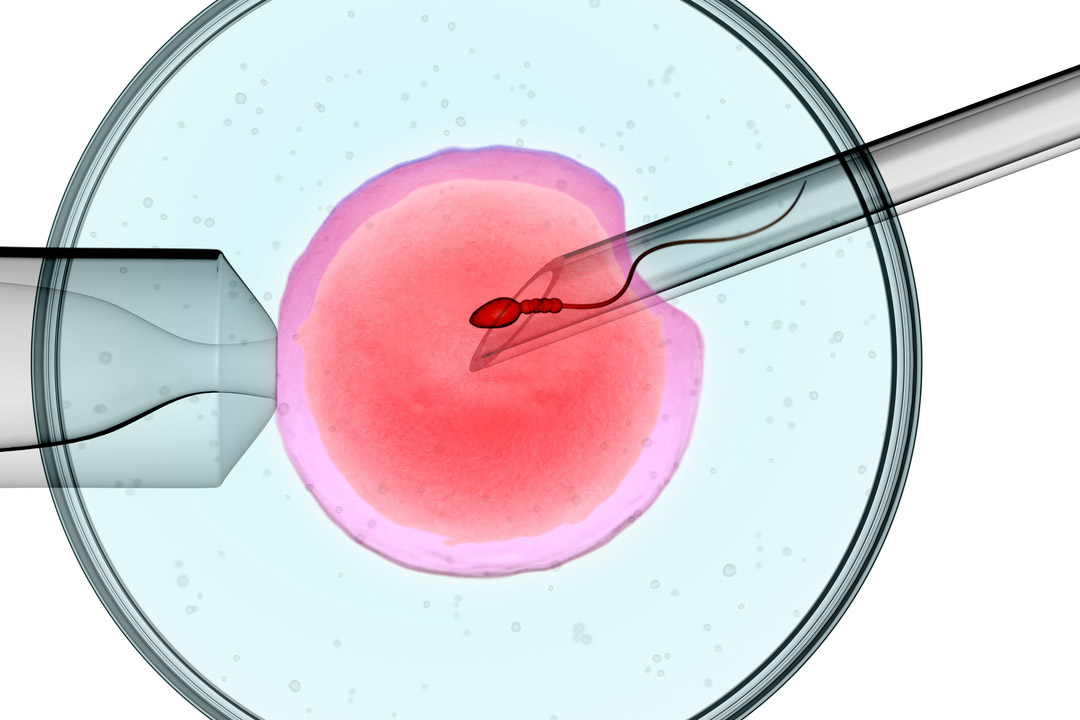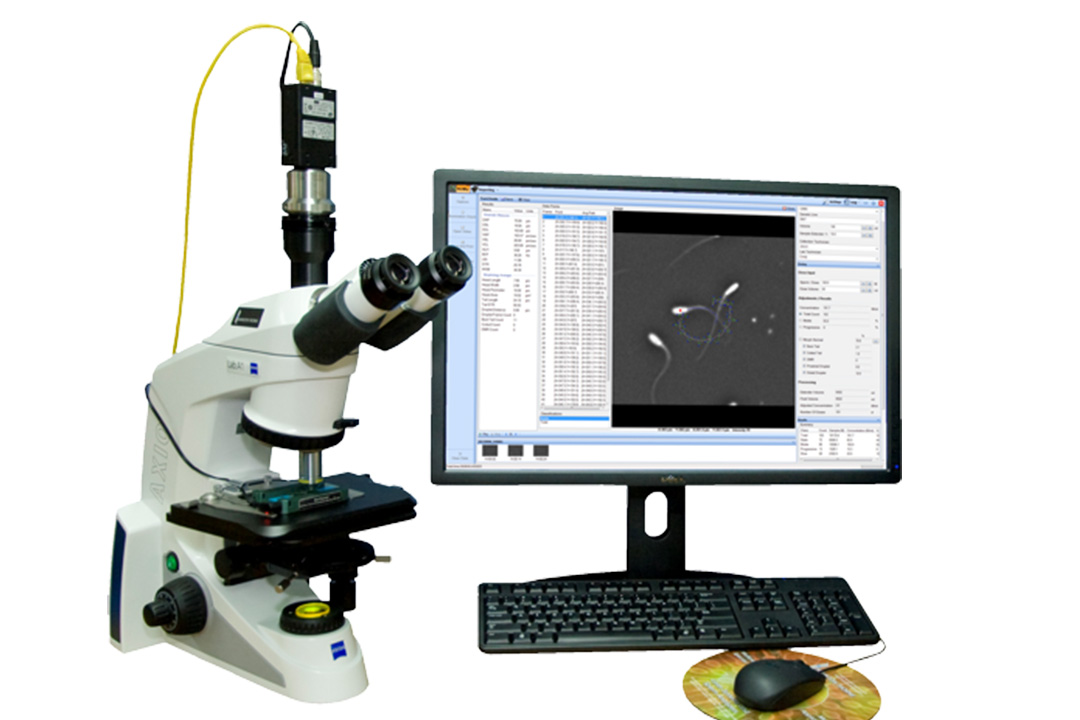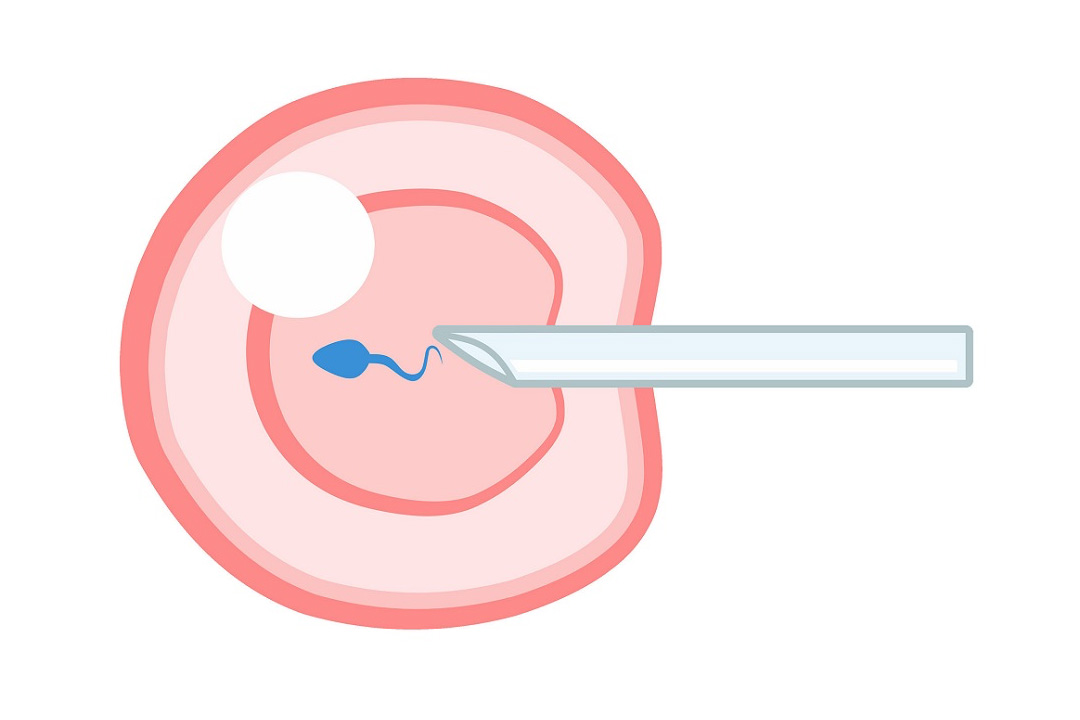Understanding the Difference Between Double Marker and Triple Marker Tests
Prenatal screening has increasingly become one of those kinds of treatments that pregnant women should take very seriously today. Among these are the double marker and triple marker tests, performed to determine the possibility or risk of several genetic conditions in a developing baby.
Understanding the difference between double marker and triple marker tests can really help expectant parents make informed decisions. This article explains what triple marker and double marker tests are, their differences, benefits, and considerations.
What Are Marker Tests?
Marker tests are often referred to as maternal serum screening tests. The tests establish whether certain substances are present in the mother's blood system during pregnancy.
Such substances or markers may indicate that genetic disorders associated with the fetus are possible. Marker tests tend to happen during the first and second trimesters of pregnancy.
Double Marker Test
The test for the double marker is conducted during the second trimester, and this usually occurs at approximately 15-20 weeks of gestation. It is a screening test that measures two specific substances in the mother's blood.
- Alpha-fetoprotein (AFP) is a protein protein from the fetus: High and low levels of AFP might cause spina bifida and anencephaly, which are neural tube defects.
- Human Chorionic Gonadotropin (or hCG) is a hormone produced by the placenta. Abnormal levels of this hormone have been associated with Down syndrome and other chromosomal abnormalities.
This test measures the risk of the baby having Down syndrome and neural tube defects by assaying the levels of these two markers.
Triple Marker Test
The triple marker test measures three substances present in the mother's blood. This test is performed between 15 and 20 weeks into pregnancy, a similar period to the double marker test. The tested substances are:
- As with the double marker test, levels of alpha-fetoprotein (or AFP) help in the screening for neural tube defects.
- The hCG market is used for evaluating the risk of Down syndrome.
- Estriol, or uE3, is an estrogen produced by both the fetus and the placenta. Low levels of estriol are indicative of Down syndrome and other chromosomal abnormalities.
Double Marker vs Triple Marker: Key Differences
There are significant differences between the double marker and triple marker tests:
| Characteristics | Double Marker Test | Triple Marker Test |
|---|
| Number of Markers | Measures two markers: AFP and hCG | Measures three markers: AFP, hCG, and estriol |
| Risk Analysis | Primarily examines the risk of Down syndrome and neural tube defects | Provides a more extensive risk analysis for Down syndrome, neural tube defects, and other chromosomal abnormalities |
| Precision | Less sensitive compared to the triple marker test | More sensitive due to of estriol, offering more comprehensive information |
| Detection Rates | Lower detection rates for certain conditions | Higher detection rates for specific genetic conditions |
| Complexity and Expense | Simpler and generally less expensive | More complex and typically more expensive because of the additional marker measured. |
Double Marker and Triple Marker Test: When Are They Used?
Both the double marker and triple marker tests are part of routine prenatal screening programs. The choice between them depends on several factors:
- Based on the mother’s age, medical history, and previous pregnancy outcomes, a healthcare provider may recommend one test over the other.
- Mothers with higher risk factors for genetic conditions may benefit from the more extensive triple marker test.
- In some areas, the triple marker test may not be readily available or might be unaffordable. This makes the double marker test a more feasible option.
Advantages of the Double Marker Test
- The double marker test is straightforward and easier to use with only two markers
- It is less expensive than the triple marker test. Thus, making it accessible to more expectant parents.
- It provides early insights into potential genetic conditions. Allowing for timely follow-up testing if needed.
Advantages of the Triple Marker Test
- The addition of estriol increases the test’s accuracy to detect Down syndrome and other chromosomal abnormalities.
- It Offers a broader examination and reduces the chances of missing certain conditions.
- Helps in better categorizing the risk levels and helping in decision-making for future diagnostic tests.
Limitations of Double Marker and Triple Marker Tests
While marker tests are valuable tools, they have limitations:
- Both tests assess risk but cannot diagnose conditions definitively. Abnormal results typically require follow-up diagnostic tests like amniocentesis or chorionic villus sampling (CVS).
- There is a chance of false positives, leading to unnecessary anxiety, or false negatives, providing false reassurance.
- Levels of AFP, hCG, and estriol can be affected by factors such as the mother’s weight, diet, and medications. It can potentially impacting results.
Follow-Up Testing
If the double marker or triple marker test indicates a high risk of genetic abnormalities, healthcare providers may recommend additional testing:
- Ultrasound: Detailed imaging to check for physical markers of genetic conditions.
- Non-Invasive Prenatal Testing (NIPT): A blood test analyzing fetal DNA for genetic conditions.
- Diagnostic Procedures: Amniocentesis or CVS to obtain fetal cells for definitive diagnosis.
Choosing Between Double Marker and Triple Marker Tests
The decision to undergo a double marker or triple marker test depends on individual circumstances. Here are some considerations:
- Older mothers may opt for more comprehensive screening like the triple marker test due to increased risk of genetic conditions.
- A history of genetic conditions or birth defects may influence the choice of test.
- Some parents may prefer the more extensive screening provided by the triple marker test for added reassurance.
- Consulting with a healthcare provider can help determine the most appropriate test based on medical advice and personal factors.
Recent Advances in Marker Testing
There are some advanced prenatal screening from more recent test versions that include the quadruple marker test or NIPT. They provide greater accuracy and earlier detection. Although the double marker and triple marker tests are still widely used because of their access and cost advantage.
Conclusion
Double marker and triple marker tests have, in essence become well known to pregnant women who attend prenatal visits. Double marker screening is a test for the two markers - AFP, hCG and gives only the barest minimum evaluation for risk of Down syndrome and neural tube defects. In contrast, the triple marker test includes estriol for estimation of a test that increases accuracy and scope.
The two tests respectively form components of early diagnosis and provide the opportunity of being able to make decisions for parents and healthcare providers in relation to additional testing and management of pregnancy.
Consultation of a professional healthcare provider can work toward a decision about which test would be more appropriate within specific and individual circumstances and given certain risk factors.
Knowledge on differences between the double marker vs triple marker tests helps the parents understand the choices made well as well as the consequences from each method followed in screening.
Whether a choice is made to opt for the double marker test/triple marker or the more advanced process of screening an informative choice contributes to better prenatal care and outcomes.
About Us
AKsigen IVF is a premier center for advanced fertility treatments, with renowned fertility experts on our team. Specializing in IVF, ICSI, egg freezing, and other cutting-edge reproductive technologies, AKsigen IVF is committed to helping couples achieve their dream of parenthood. With personalized care and a patient-first approach, AKsigen IVF provides comprehensive fertility solutions under one roof.













































































































































































